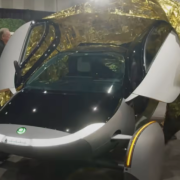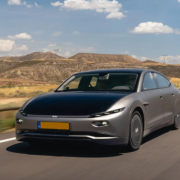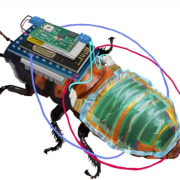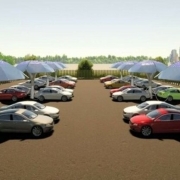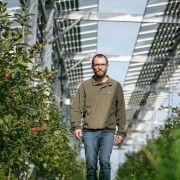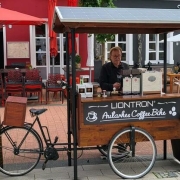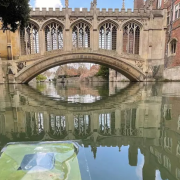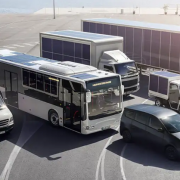We’ve been following an automotive startup’s journey to get its three-wheeled solar-electric vehicle on the road for more than 15 years, and now the latest teardrop-shaped Aptera prototype has made its public debut in San Diego.
The eye-catching Gamma prototype comes from the latest incarnation of Aptera Motors, which began as Accelerated Composites in the early noughties before running out of funds in 2011 and relaunching a few years back.
Click here to read the full article
Source: New Atlas
—
If you have any questions or thoughts about the topic, feel free to contact us here or leave a comment below.

